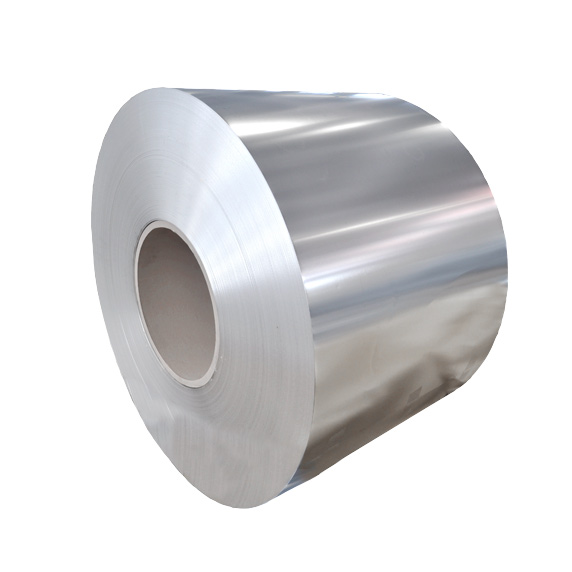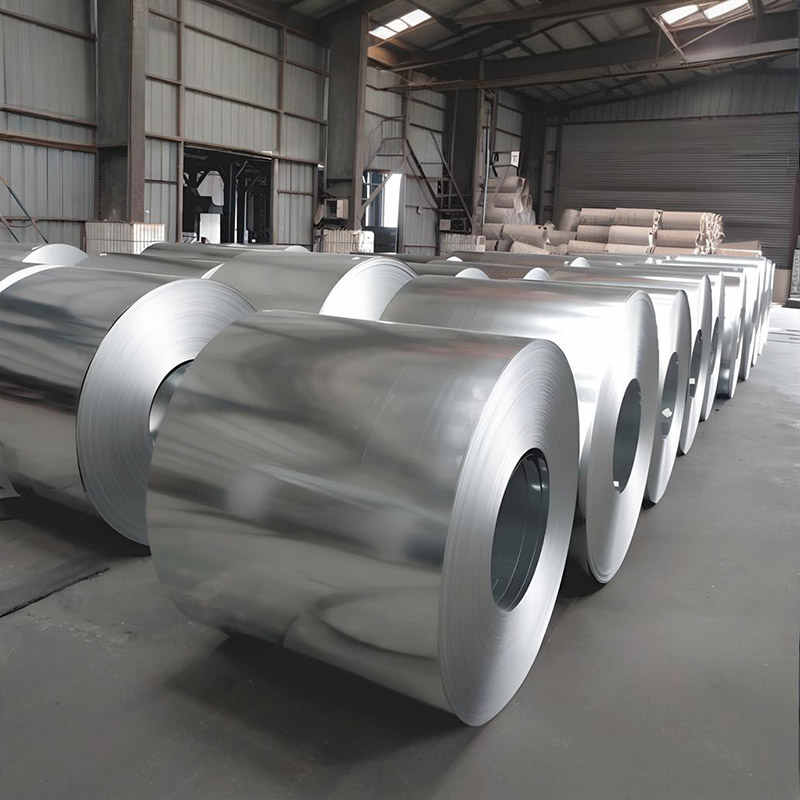What exactly is bright tinned steel strip and why has it become indispensable in contemporary manufacturing processes? This specialized material consists of steel strip coated with a thin layer of tin through an electrolytic process, resulting in a smooth, reflective surface that distinguishes it from conventional steel products. The manufacturing precision involved ensures consistent thickness and quality, making it highly sought after across various industries.
Why should manufacturers prioritize bright tinned steel strip over alternative materials? The answer lies in its exceptional properties. This material offers superior corrosion resistance, extending product lifespan even in harsh environments. Its excellent solderability facilitates easier assembly in electronic components, while the non-toxic nature makes it ideal for food packaging applications. The bright, reflective surface not only enhances aesthetic appeal but also provides additional protection against external elements.
Which industries benefit most from incorporating bright tinned steel strip into their production lines? The food and beverage sector relies on it for cans and containers due to its safety and preservation qualities. Electronics manufacturers utilize its conductivity and solderability for precise components. Automotive applications leverage its durability and resistance to temperature fluctuations. Even construction and furniture industries appreciate its decorative properties combined with structural integrity.
How does bright tinned steel stack up against other coating options like galvanized or painted steel? Unlike galvanized steel, which uses zinc for protection, tinned steel offers superior surface finish and is more suitable for applications requiring contact with food or sensitive electronics. Painted steel may provide visual customization but lacks the inherent corrosion resistance and recyclability of tinned steel. The tin coating also provides excellent protection without compromising the steel’s formability.
From an economic perspective, bright tinned steel strip presents compelling advantages. While initial costs may be higher than some alternatives, the extended product lifespan and reduced material waste contribute to significant long-term savings. The recyclability of tin and steel aligns with growing sustainability demands, reducing both environmental impact and disposal costs. Manufacturers report improved production efficiency due to the material’s consistent quality and predictable performance.
Innovations in bright tinned steel technology continue to emerge, with advancements in coating techniques that enhance performance while reducing material usage. Nanotechnology applications are being explored to create even more durable and functional surfaces. These developments promise to expand the material’s applications further while maintaining its core advantages.
The shared experience among manufacturers implementing bright tinned steel strip consistently highlights improved product quality and reduced rejection rates. One packaging company reported a 30% decrease in product failures after switching to tinned steel containers, directly attributing this to the material’s protective properties and manufacturing consistency.
As industries continue to evolve toward higher efficiency and sustainability standards, bright tinned steel strip stands out as a material that meets both current and future manufacturing demands. Its unique combination of protective qualities, aesthetic appeal, and environmental responsibility ensures its continued relevance in an increasingly competitive global market.



